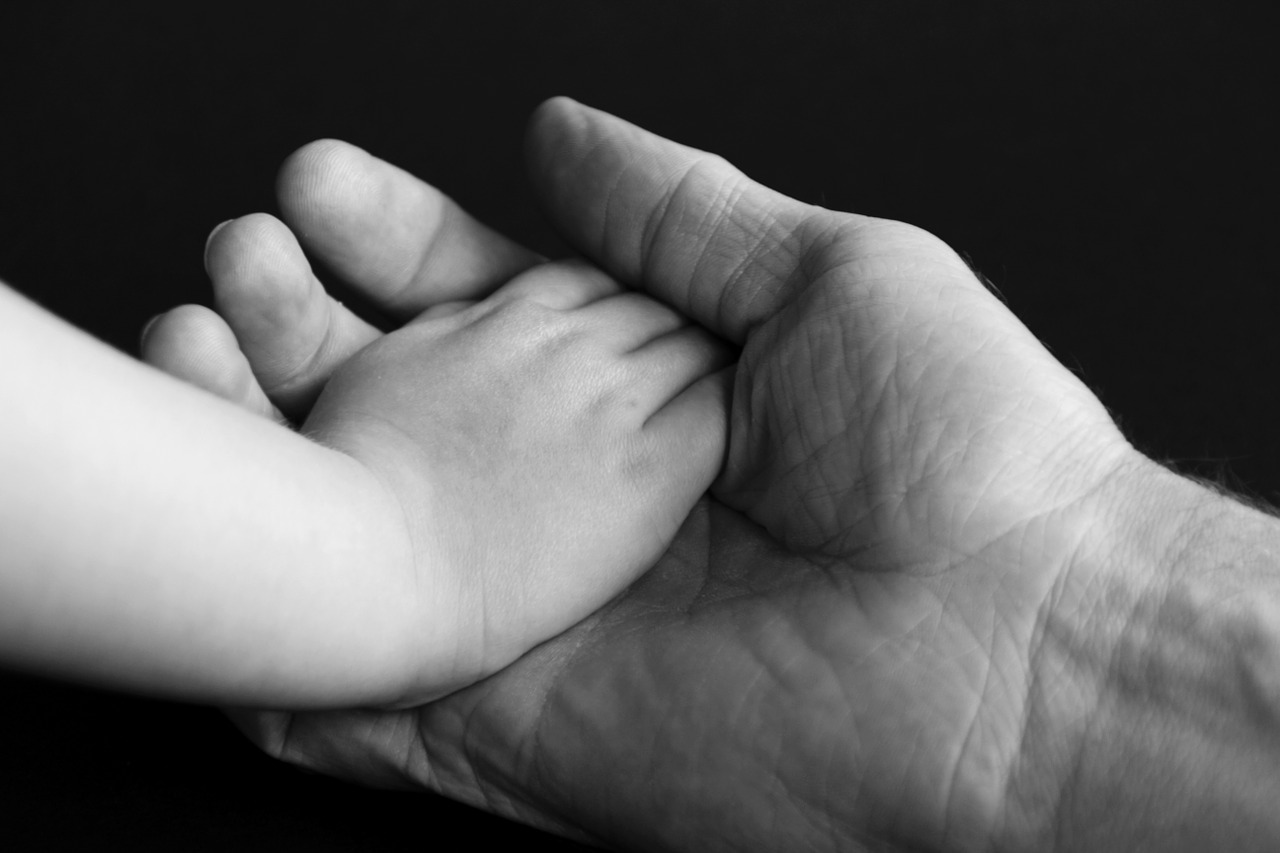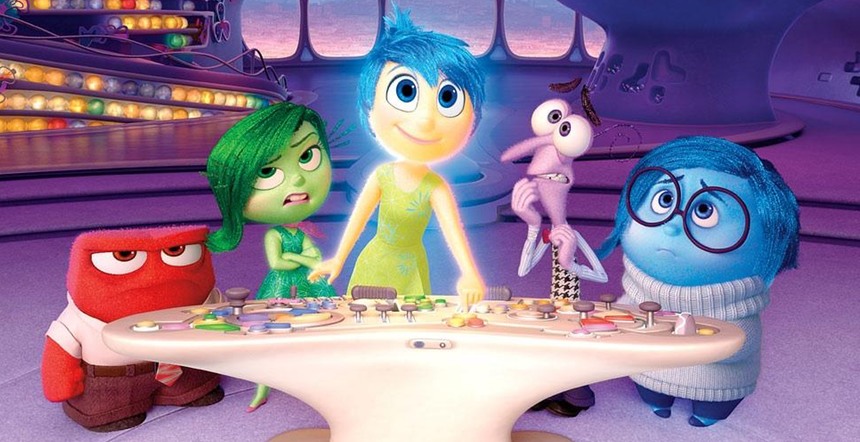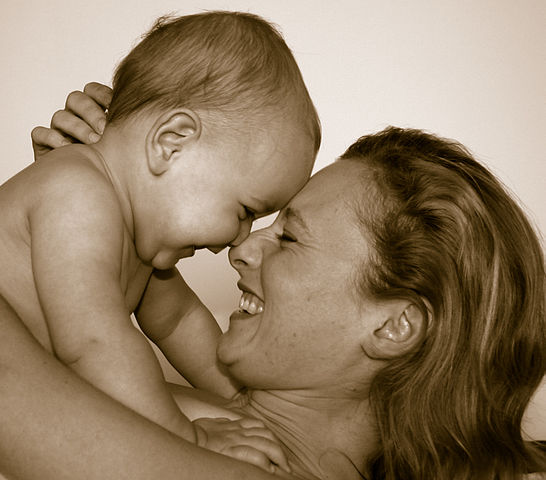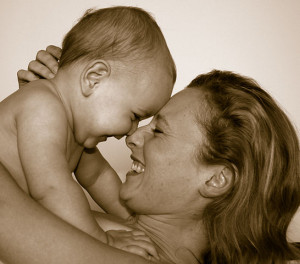
Few thinkers have thought about festivity and celebration as deeply as the Catholic philosopher Josef Pieper (4 May 1904 – 6 November 1997). In his short but dense In Tune with the World, Pieper lays out a compelling theory of festivity. For Pieper, we celebrate because we recognize that everything – our existence, the existence of those around us, the existence of trees and flowers and stars – is a good gift. Our most joyous celebrations are thus predicated on humility in recognizing this gift. It is in this spirit of humble joy, what Pieper calls festivity, that we ought to love each other. Pieper notes that “the act of freely giving oneself cannot take place unless it […] grows from the root of a comprehensive affirmation.”
This affirmation which kindles joy and leads to love is universal, says Pieper. And this affirmation proclaims that “everything that is, is good, and it is good to exist.” In this, we echo the words of our Creator who looked at all that He had made and gave being to and proclaimed that “it was good.” Pieper goes on to explain that “man cannot have the experience of receiving what is loved, unless the world and existence as a whole represent something good and therefore beloved to him.”
Pieper’s insights have practical application in our parenting. In order to be the best parents we can be and to help our children flourish, we need to affirm them! Affirmation, in words and in deeds, shows our children that it is good to us that they exist. It’s important to note that while there is certainly a place for affirming certain actions of our kids, the affirmation Pieper writes of is one that says, “it doesn’t matter to me what you do or do not do, I am pleased that you exist, I think it’s important that you exist, and you are loved.”
Affirmation goes hand in hand with nurturing the attachment between parents and children that allow children to thrive. As the noted attachment psychologist John Bowlby writes, “no parent is going to provide a secure base for his growing child unless he has an intuitive understanding of and respect for his child’s attachment behavior and treats it as the intrinsic and valuable part of human nature I believe it to be. ” This echoes the insight by the Catholic educator Maria Montessori who wrote that she had “come to appreciate the fact that children have a deep sense of personal dignity” while cautioning parents against anger and pride (opposites to the humility and festive joy Pieper writes are the source of love) because these two vices will subvert the efforts of an adult to teach a child.
Blogger Shoshana Hayman has some key insight on affirmation and attachment. In her article “And Thou Shall Teach Thy Children….†Linking the Generations Together Through Centuries, she shares about attending a traditional Passover Seder. She writes how she “expected to hear deep insights into the Haggadah, the ancient text that relates the story of the exodus of the Jewish People from Egypt to become a nation in their own homeland†but was surprised when “the rabbi directed all of the discussion to the young children who sat at the table. He told them stories, listened to their ideas, and encouraged them to ask questions. And there was a lot of joyful singing, adults and children together.†Hayman says that:” Children must always feel the warm invitation to exist in the presence of their parents and other adults in their lives who care for them. This kind of relationship, called an attachment relationship, must be nurtured and protected so that it can deepen over the years. This is the context within which parents can instruct, direct and correct their children, and children can remain open to their parents’ influence.
Parents, please give your kids a hug today, look them in the eye, smile, and say “it is good to me that you exist.” Remember, affirmation leads to celebration, and what is better to celebrate than the joy of being together as a family?















